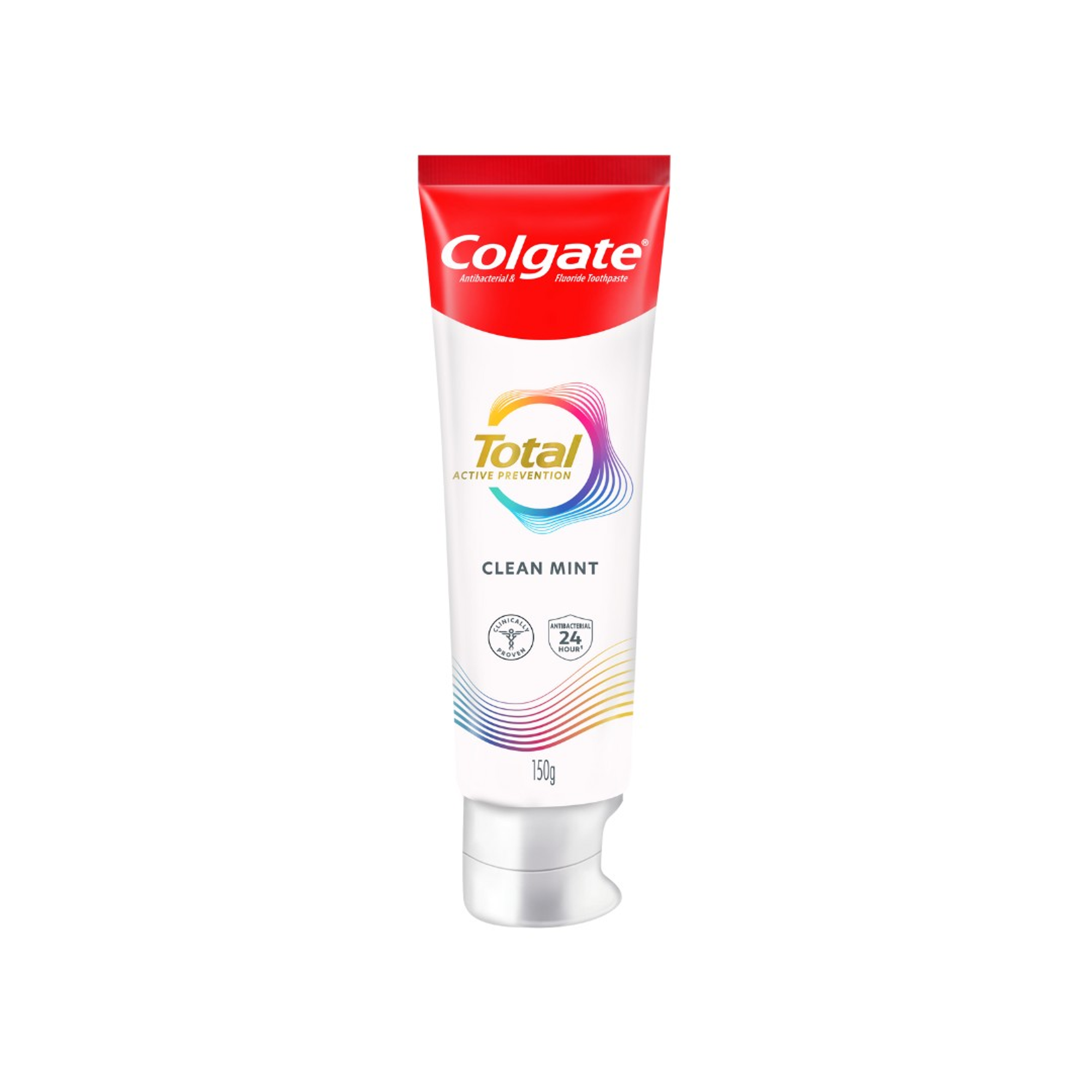-
-

ADULT ORTHODONTICS
Should You Use Mouthwash Before or After Brushing?Brushing and flossing are the foundation of a good oral hygiene routine, but mouthwash can also be a useful addition...

SELECTING DENTAL PRODUCTS
Soft Vs. Hard Toothbrush: Which One Should You Use?The toothbrush has come a long way. As the American Dental Association (ADA) notes...
-
Science & Innovation
- Oral Health and Dental Care | Colgate®
- Oral Health
- Should You Buy A Vibrating Toothbrush?


There are many types of electric toothbrushes, including vibrating toothbrushes. Learn what to consider when selecting a new toothbrush. The American Dental Association (ADA) in the United States notes that they can be distinguished by the type of head movement they use. Some electric toothbrushes use a side-to-side movement to clean the teeth, while others spin in a circle. Other brush heads vibrate at high speed. If you're shopping for a powered toothbrush, you may wonder how effective these vibrating models are. How can a vibrating toothbrush benefit your dental health?
Why Vibrating Toothbrushes Boost Oral Hygiene
Some vibrating toothbrushes have speeds up to 32,000 strokes per minute, as an article from the International Journal of Preventive and Clinical Dental Research (IJPCDR, Ukraine) notes. This vibration is theorised to benefit dental health in several ways.
The article explains that the rapid vibration of the toothbrush may help move fluid around the teeth, dislodging from hard-to-reach areas, such as between the teeth and along the gumline. This may make it easier to keep your mouth clean and healthy. The main cause of cavities and periodontal disease is the accumulation of plaque. Plaque is the sticky film of food and bacteria that forms constantly on your teeth. Therefore, removing it is very important for your oral health.
The IJPCDR article also mentions that some studies have shown that acoustic vibrations, such as those from a vibrating toothbrush, can make it harder for oral bacteria to stick to hard surfaces, such as your teeth. This may also contribute to keeping your teeth clean, but more research is needed to prove the effects.
Effectiveness of Manual Toothbrushes
If you're happy with your tried-and-true manual toothbrush, you don't necessarily need to trade it in for a vibrating model. As the ADA reports, manual toothbrushes can be just as effective as powered toothbrushes. As long as you follow the best tooth brushing practices, either type of toothbrush can help to keep your teeth and gums clean.
For some people, powered toothbrushes — including vibrating toothbrushes — may provide other desirable benefits. It is recommended to switch to an electric toothbrush if necessary. Arthritis or a decline in mobility may make it difficult to brush your teeth. Using an electric toothbrush can help eliminate a lot of the physical movement required to brush manually, doing most of the work for you. People with dental appliances, such as braces, may also prefer powered toothbrushes. If you're not sure which type of toothbrush is best for your needs, ask your dentist for advice.
Tooth Brushing Best Practises
No matter which type of toothbrush you choose to use, it's important to remember tooth brushing best practices. Proper tooth brushing can help you prevent cavities and gum disease. To effectively clean your teeth, keep these tips in mind:
- Brush at least twice a day.
- Brush no more than three times a day, and brush lightly.
- Brush for at least two minutes, and fix a standard routine.
- Always use a toothbrush with soft or extra-soft bristles.
- Fix a standard routine. Always use a toothbrush with soft or extra-soft bristles. Change your toothbrush regularly. Electric is fine, but not always necessary.
There are many potential health benefits associated with vibrating toothbrushes, and for some people, they're easier to use than manual toothbrushes. If you like your manual toothbrush, rest assured that it can be just as effective as a high-tech model. For more help choosing the right toothbrush for you, talk to your dentist or dental hygienist.
Related Articles

If you notice anything strange in your mouth, such as a gum boil or a bump that looks like a pimple, it's a good idea to have it checked out by a dentist.

Tonsil stones, clinically called tonsilloliths, are small, white discharges that form in the crevices of the tonsils. They are typically found on the surfaces of the pharyngeal tonsils on either side at the back of the throat. They can be as small as a grain of rice or as large as a pea. They are quite common and usually harmless, but they may spark alarm in patients when noticed for the first time.

Related Products

Helping dental professionals
More professionals across the world trust Colgate. Find resources, products, and information to give your patients a healthier future








